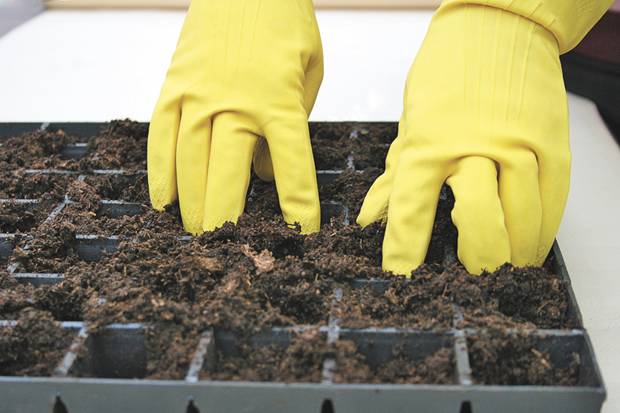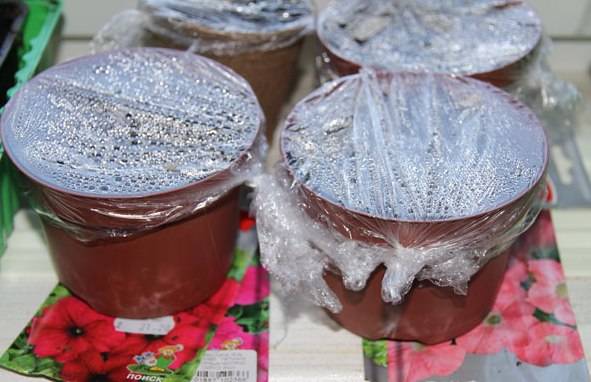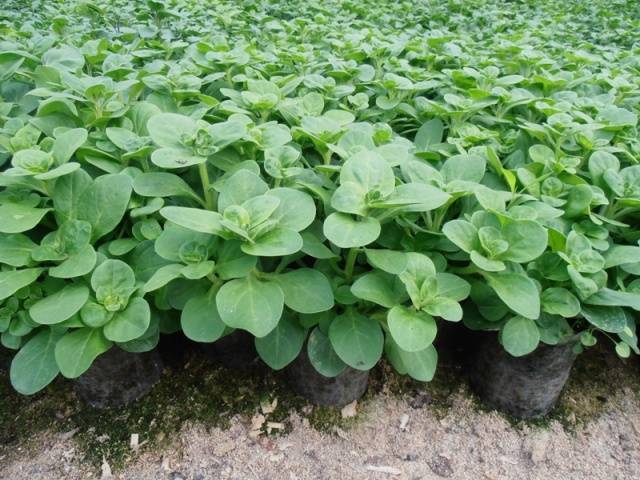Content
Petunias are renowned for their beauty and length of flowering. They are grown at home in pots and in garden beds. Seed companies offer a wide variety of petunia varieties, with different colors and flower sizes. Each consumer can choose from placer or granulated seeds. At the same time, regardless of the choice, the florist may face problems at the stage of growing seedlings. So, it often grows poorly seedling petunia or its seeds do not germinate at all. Why is this happening and what to do in order to grow good, strong seedlings of these wonderful flowers? We will try to find answers to these questions together.
Reasons for non-germination of seeds
You can often observe a situation when sown the seeds of petunia did not grow on the seedlings, and they have to be sifted out again. Such an incident can occur for several reasons:
- Petunia seeds "old"... So, for most varieties of petunias, the shelf life of seeds is 3-4 years, however, even during this period, over time, the percentage of plant germination decreases. When purchasing petunia seeds in a store, you should pay attention to the date of their harvest.
- Storage violations can also lead to loss of germination. For example, after collecting petunia seeds yourself, they need to be stored until next season in conditions with low humidity and room temperature.
- Deep embedment seeds and violations of growing conditions.
Novice growers should pay special attention to the last point. After all, improper sowing of seeds is the most common reason that petunia seeds do not germinate well. The thing is that petunias are very light-requiring. Their seeds must be sown superficially, not buried in the ground, and even the slightest layer of soil may not allow the seed to emerge.
How to sow seeds correctly
Surface sowing of petunia seeds is fairly straightforward. Conditionally, it consists of the following actions:
- it is necessary to make drainage holes in a container for growing petunia seedlings, and then fill it with nutritious soil;
- the soil should be watered and compacted, after which seeds should be sprinkled on its top layer, without covering them with soil;
- it is recommended to install the container with crops in a warm, well-lit place with a temperature of + 22- + 260FROM;
- cover the container with crops with protective glass or foil.
It should be noted that this surface sowing method is suitable for loose seeds and granules. At the same time, the granules are more voluminous and allow you to easily maintain the interval between crops. Taking into account all the recommendations, observing the temperature and light conditions, seedlings of seedlings can be expected in 4-7 days, depending on the variety of petunias.
Petunia seeds in granules can be germinated before sowing in the ground. This is especially true for sowing plants in pots to decorate rooms, balconies, greenhouses. The germination method suggested below is also suitable for growing seedlings.
To germinate petunia granules, you must:
- Put a paper napkin or gauze patch on the saucer
- Spread the coated petunia seeds on top of the napkin and cover them on top with another napkin or gauze.
- Moisten the resulting "sandwich" and place in a plastic bag together with a saucer.
- Place a bag of seeds in a sunny place with a temperature of + 22- + 260FROM.
- With the appearance of the first shoots, remove the top layer of material from the seeds, and put the saucer back into the bag.
- When the plants have cotyledon leaves, they should be dived into cups with fertile soil for further cultivation.
As petunia seedlings grow, they require periodic watering, however, excess moisture can lead to root rot. Therefore, water the seedlings of petunias should be as they dry. soil... The root irrigation method is also good when the seedling containers are placed on a substrate with water. In this case, moisture is absorbed into the soil through the drainage holes. Other ways of watering young seedlings are shown in the video:
Analyzing the above material, it can be understood that in order to obtain petunia seedlings, it is necessary to choose "fresh", last year's seeds, stored in proper conditions, and germinate them in the presence of abundant sunlight by surface sowing or germination of granules.
Causes of stunted growth
Young shoots of petunia, undoubtedly, "pleases the eye" of the grower, however, in order for it to become a full-fledged strong seedling, a lot of time must pass. During the period growing petunia seedlings requires attention and compliance with some rules of care. Otherwise, its growth slows down, and sometimes stops altogether. There may be several reasons for this anomaly.
Natural reason
Young shoots, consisting of 2 cotyledonous leaves, stop their growth for the development of the root system.
Low temperatures
Petunia is a thermophilic plant. Its seedlings should be grown in conditions with a temperature of at least +200C, otherwise the growth of seedlings will slow down. Temperatures below +150C can completely stop the growth and death of plants. It is worth noting that they slow down the growth of seedlings and temperature fluctuations. So, the temperature difference between day and night for young seedlings should not exceed 100FROM.
Such overheating of plants is typical when grown in a mini-greenhouse (under protective glass or film).
Fungus
The relatively low temperature and high moisture content of the soil contributes to the development of the fungus and, as a result, the formation of a black leg, root rot and a cessation of plant growth. You can fight the fungus with the help of special preparations, for example, "Fitosporin". Also, in the fight against fungus, you can use a weak solution of potassium permanganate.
Lack of nutrients
The first two weeks after germination feed petunia seedlings Not recommended. During this period, for natural reasons, petunia grows poorly. However, if the seedlings do not grow in the future, then it is worth feeding it. To do this, you should use universal fertilizers containing nitrogen, potassium, calcium, phosphorus, for example, "Green Crystal", "Florist-Rost", "Agricola". The growth activator for seedlings of petunias are B vitamins (B1, B6, B12). They can be purchased at the pharmacy and used for spraying.
After diving into separate containers or after planting in a permanent place of growth, petunia seedlings can also slow down their growth. In this case, it is recommended to use fertilizers that make the root more powerful and developed. An example of such a drug is Yellow Crystal.
Conclusion
To cultivate healthy seedlings of petunias, you should know the rules for germinating seeds, watering seedlings, feeding young plants. Only a competent, comprehensive approach with observance of climatic indicators of humidity and temperature will avoid slow growth.In turn, farmers offer a wide selection of dressings and preparations to activate the growth of seedlings, however, do not forget that petunias a priori have a long growing season, therefore, crop seeds for seedlings should be sown in February-March.















